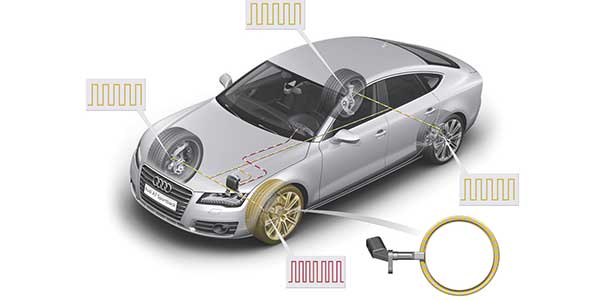Lessons From A Day Being Out Of My Comfort Zone
Being under the dash or hood of the modern car is my comfort zone, but it doesn’t hurt to get out of that comfort zone. I could use a reminder now and then that what I do for a living isn’t all that bad, and I owe my customers a great deal of gratitude for their patronage and for putting up with this snarly old mechanic.

New Business Models Help Provide A Better Customer ‘Experience’
Service is the name of the game. Customers have too many choices today for everything they want to buy. When you deliver service that is second to none, you will become your customers’ “first call” for ongoing vehicle repairs, says Mary DellaValle, editor of ImportCar magazine.

VW DSG Transmission: Fluid Maintenance & Service
Most of the drivers who will own a Volkswagen car or truck with a Direct Shift Gearbox (DSG) will not know they have a dual-clutch transmission connected to the engine. Most of them will think they have an automatic that gets excellent gas mileage. It is not until a transmission component fails or a service interval elapses that they learn about DSG.
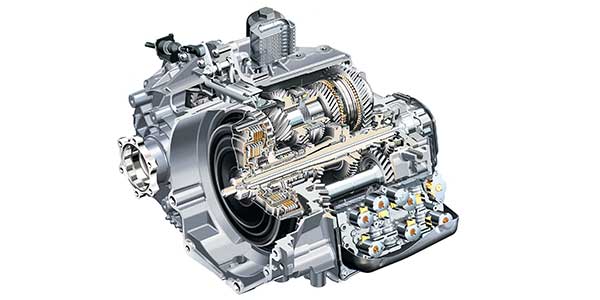
Educating Consumers On Tire Pressure And TPMS
Just as you service your customers’ TPMS sensors at the start of winter, you should also be inspecting them and talking to your customers about their sensors come springtime. Make sure you explain not only the benefits of TPMS sensors, but also the importance of the sensors and regularly checking their tire pressure.
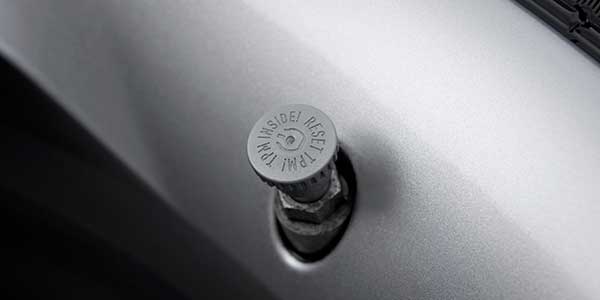
VANOS BMW: Variable Valve Timing Diagnostics
Diagnosing a VANOS system does not require that you speak German. What it does demand, however, is knowledge of how the actuator adjusts the camshaft, how the solenoid controls the actuator and when the engine control module changes camshaft timing. As for tools, you will need the appropriate tool set to lock the crank and camshaft. You will also need a scan tool and a scope to observe the crankshaft and camshaft signals to accomplish more advanced diagnostics.

Poor Engine Performance Linked To Converter Failure
Today’s modern vehicles are equipped with a sophisticated emissions control device. These fail when the engine is not tuned up, as this leads to overworking the converter, overheating and possible clogging.
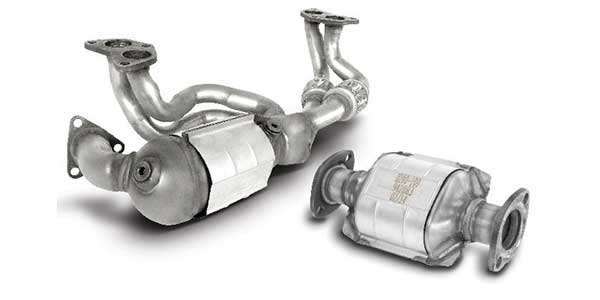
Asian Vehicle Oil Update: GF-6 Oils
September 1, 2018 marks the debut of the first new licenses for the new GF-6 oils issued by the API Auto-Oil Advisory Panel (AOAP). This release comes after a long delay that initially projected the oils would be available in early 2017. The cause of the delay for GF-6 is that engine technology has been moving so quickly. Since the inception of GF-6, it has been difficult to estimate where the technology will be in the next five years.
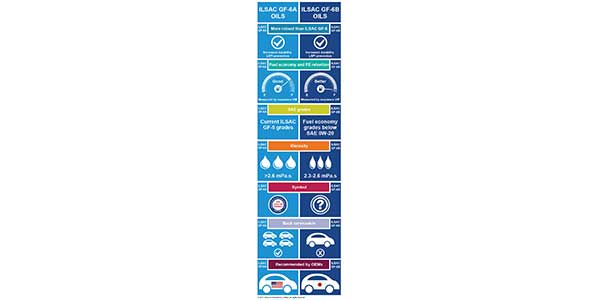
When Customers Are Car Care Aware Everyone Wins!
Neglected auto care almost always means much higher costs down the road in the form of more extensive repairs or lost vehicle resale value. You know that all too well, but your customers don’t necessarily buy into that concept, says Mary DellaValle, editor of ImportCar magazine.

The Ins And Outs Of Oil Testing: Standards Change As Engine Technology Evolves
Oil specifications are not so much about the ingredients in the oil, but more so about how the oil reacts to standardized conditions. Oil specifications are set by industry groups or the vehicle manufacturer. Testing procedures are not “trade secrets,” as they are shared with the companies making engine oils. These document the specific tests, equipment requirements and limits needed to pass the standards.

The Diagnostic Shell Game: Why The ECM Can’t See A No-Code Stalling Complaint
Remember the old carnival game where a dealer hides a pea under one of a half-dozen walnut shells? After the dealer artfully shuffles the six shells, you’re supposed to pick the shell with the pea hidden under it. Good luck with that. As veteran diagnostic technicians know, diagnosing a no-code intermittent stalling complaint can be like playing the old carnival shell game. We know it’s one of maybe six sensors, but why can’t we find the diagnostic trouble code (DTC) that tells us where to find the pea?

Nissan And Infiniti ABS Service: Good Working Order Of The Basic Brake System Eases Diagnostics
On early models, wheel speed sensors send an AC voltage signal to the ABS control module. On later models, active wheel speed sensors change the voltage signal produced by the ABS control module. Active wheel speed sensors are more accurate and work at lower speeds. This is why they are found on most Nissan/Infiniti models after 2012.

Audi TPMS Diagnostics
Audi Tire Pressure Monitoring Systems (TPMS) are some of the easiest to reset and relearn. The automaker has used both indirect and direct systems during the past decade. Both systems use the same relearn procedure that involves accessing the TPMS settings through the driver information center or infotainment system. The only difference between direct and indirect systems is the last step that may involve driving continuously for 10 minutes or allowing the vehicle to sit for either 10 or 20 minutes.
